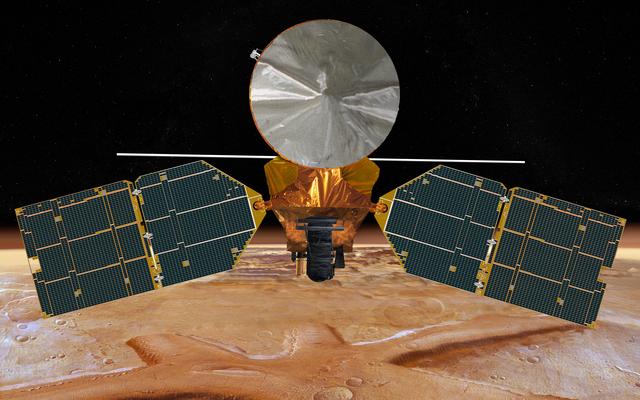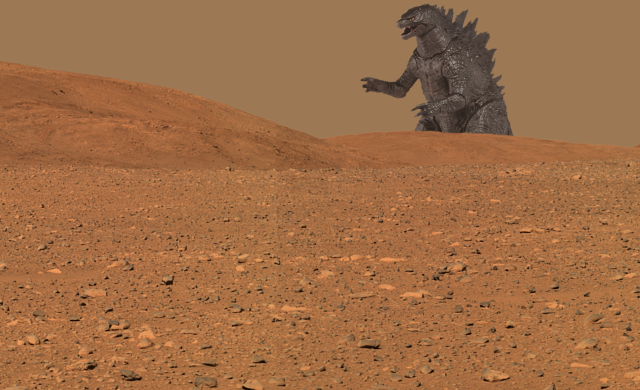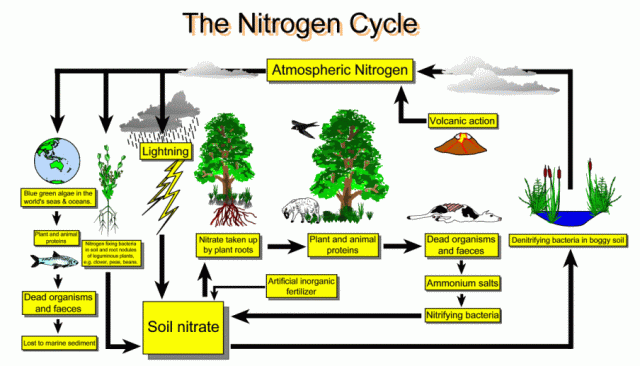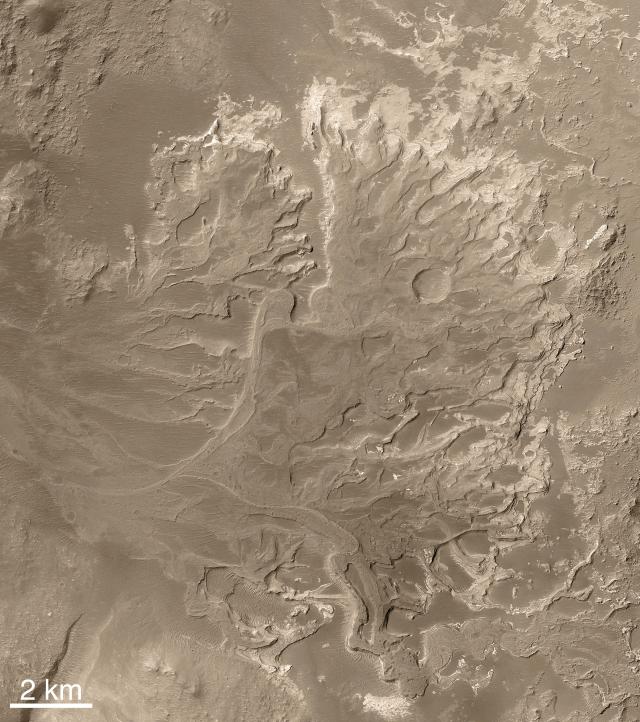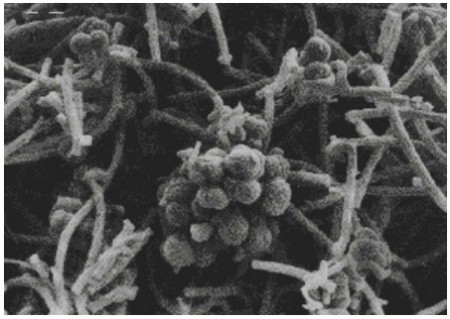I recently completed my PhD thesis and though it was an exhausting process having a finished physical product in front of me is a very good feeling. It took me around five months to write and during that time I learned what works and what doesn’t and I thought I would share my advice in a blog post.
When starting with thesis writing I recommend beginning chronologically and doing a very thorough literature review for chapter 1. Your ability to review papers and summarise them will be much better than when you wrote a literature review in your first year. It will also help greatly with the discussion sections in subsequent chapters and will help drive the overarching themes of your work. It’s also important to remember that every University or College has particular guidelines on how a thesis should be presented. Make sure to find these early on so you don’t have any formatting nightmares a few months in.
The next tip is probably the most obvious but perhaps the easiest to forget; make incremental backups as often as possible while writing. It’s extremely easy to put this off and say you’ll do it tomorrow but a small amount of effort can avoid total disaster. On the day I was hoping to have a finished thesis to submit I added a few final figures to the document and then saved. When I then tried to reopen the file it had corrupted and couldn’t be opened. Fortunately I had a backup from two days previously, if I hadn’t it would have been crushing. It can be hard to pinpoint when the change that corrupted a file occurred, which is why making incremental backups is the safest option.
In general PhD students have a tendency to be perfectionists who find it hard to switch off. When you’re writing a document that has tens of thousands of words over several hundred pages these characteristics can be quite unhealthy. It’s important not to look at the thesis as a single whole, as this is a sure fire way to end up curled in a foetal position and sobbing. Instead set yourself realistic daily targets, such as completing a set of key diagrams, making notes on a certain number of papers or writing a few hundred words. Having a daily box to tick can be a big psychological boost.
During your PhD project there are several things you can do to make writing your thesis easier. Use lab books or notebooks to record all instrument/software parameters, experimental procedures and data as often as possible. If you have many books it’s a good idea to write the time span each book covers on the front so you can easily find a date you’re looking for. Many figures and tables can be prepared in advance but make sure to file them logically, with feedback from supervisors or reviewers it’s easy to end up with multiple versions of the same diagram. It’s also important to remember that a thesis is primarily a tool to get a PhD, getting a job afterwards and publishing papers is just as important. If you need to take a week out from writing to do a job application you shouldn’t feel guilty about doing so. Any manuscripts or papers you can prepare during your project will make thesis writing much easier as well.
Writing a PhD thesis can be a lonely and difficult process, make sure to not completely isolate yourself at your desk. Talking to family or friends, particularly those writing up themselves can be good for getting stuff off your chest. I also found it really helpful to have an escape, whether it was reading or a PS4, being able to switch your mind to something completely different for a couple of hours can be very refreshing. Never beat yourself up if you feel you haven’t done enough work and remember the ultimate goal, to be able to call yourself doctor and be all fancy.

